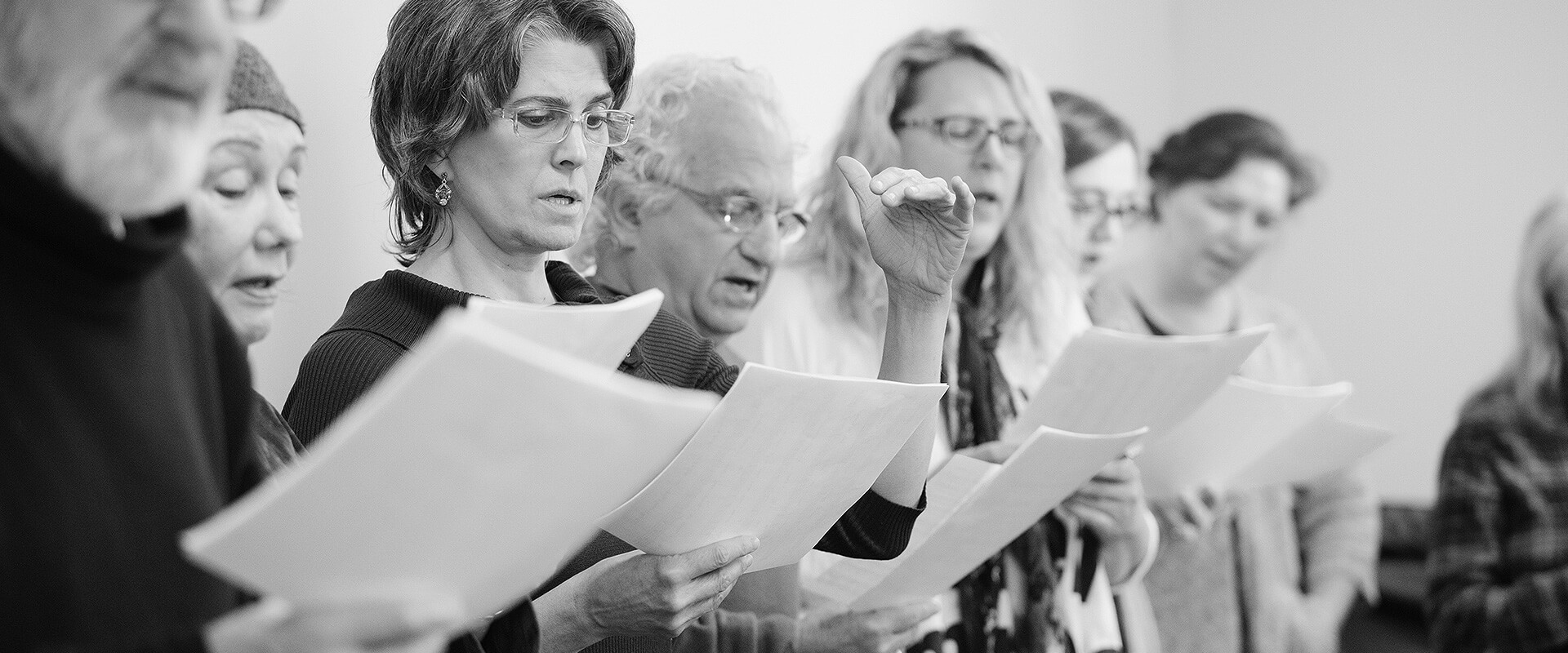Voice Types
Voice types are a traditional form of voice classification developed composers, singers and voice teachers to help them both compose music appropriate for the given artist and/or sing repertoire suitable to their particular voice category. All music that comes down to us from the past was written for a particular singer. If you find a singer with a similar voice to yours, you can often sing most of the same repertoire that they sang or was written for them. As voices are individual and unique sometimes these categories are helpful and sometimes they are not. Many, many singers have changed category mid-career as their voices developed. A singer with an exceptional range is often very hard to classify, especially the heavier voices. Is she a mezzo or a dramatic soprano? Is he a baritone or a heldon tenor?
Range is sometimes an indicator of voice type but not always. There is another factor called tessitura which is where your voice sits – or where you are able to sing comfortably. Sopranos, whether they are dramatic, lyric or coloratura are usually quite comfortable singing in, around and above their upper break. Mezzos, on the other hand, are not. The lyric soprano tessitura is slightly lower than the coloratura soprano who needs to have high F’s above the staff. Lyric is a melodic quality whereas coloratura refers to the ability to sing fast moving notes. Lyric sopranos need a high C above the staff.
In choral music sopranos are simply referred to as I and II which is a very general classification related to range. A lower female voice in opera is called a mezzo-soprano (mezzo meaning half in Italian). In choral music the same voice type is called Alto. Altos sing in chest register and in middle register rarely going into the upper break area. In classical music the lowest classification of female voice is called contralto; this is often a mezzo near the end of her career. They have a similar range to the choral Alto; they need great facility with the lower break area and don’t venture much toward the upper break.
The equivalent of soprano for men is the tenor voice. Like sopranos, you can have lyric or dramatic tenors. ‘Coloratura tenor’ does not exist, although some tenor roles have coloratura passages as do baritones and basses, the lower male voice classifications. The lowest bass is called a basso-profundo which is a rarity. A heldon tenor is another rare classification that sounds like a baritone in richness but is able to sing all the high notes required for a tenor (high C). In choral music the categories are Tenor I and II and basses. Most baritones sing Bass (pronounced ‘base’) in choral music.
Since classifying a voice depends on so many factors (range, tessitura, tone quality, etc) you should explore your potential before accepting a label. Singers with a large range and a bigger sounding voice will always be more difficult to classify. I have found this to be true for my popular students as well as for classical singers.
For more information or to book a private lesson, please go to the contact page.
 Montreal Voice Coach
Montreal Voice Coach